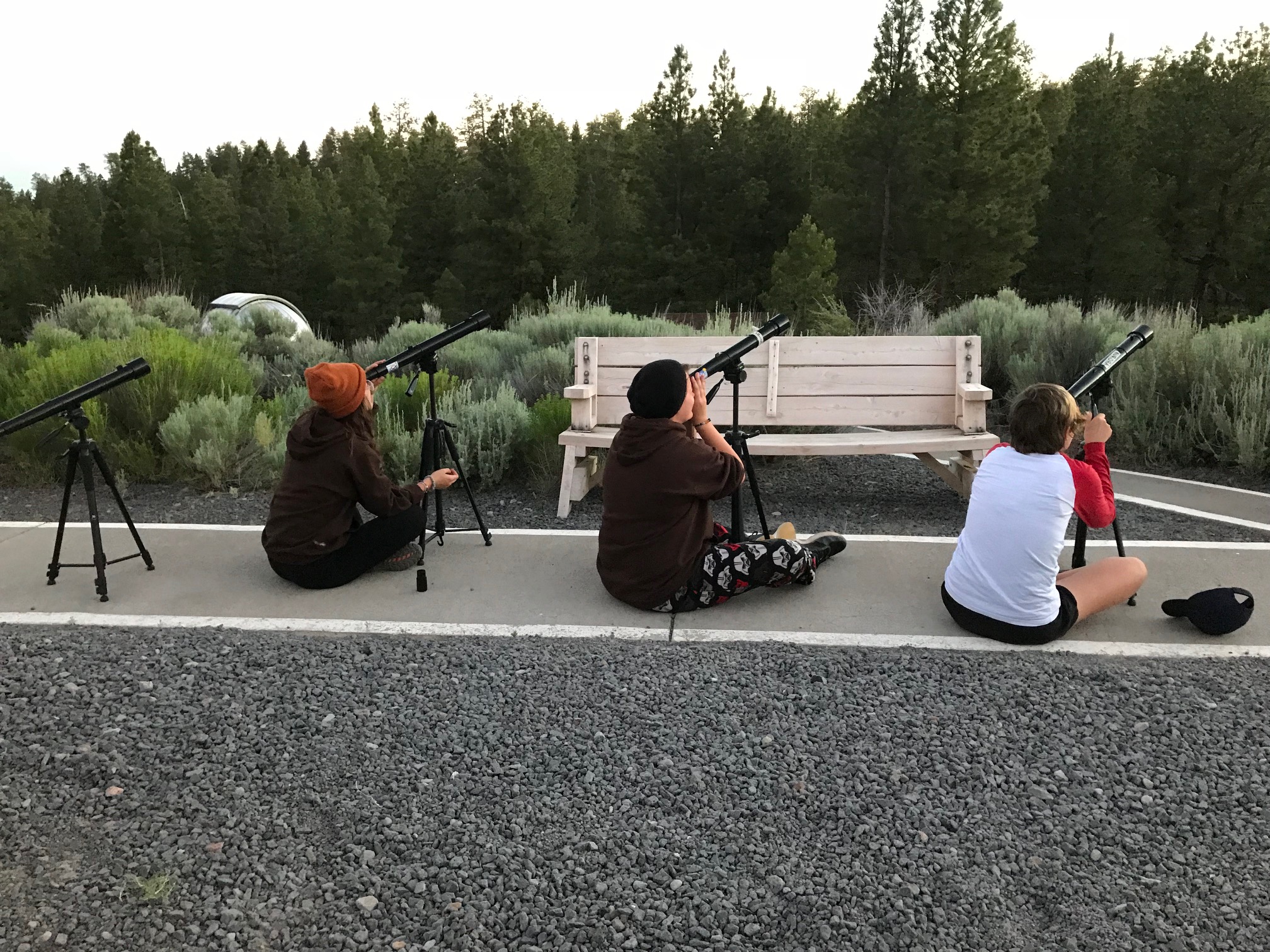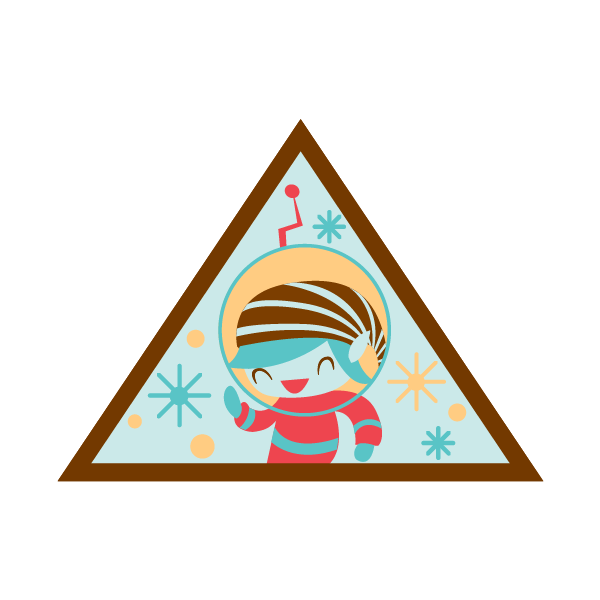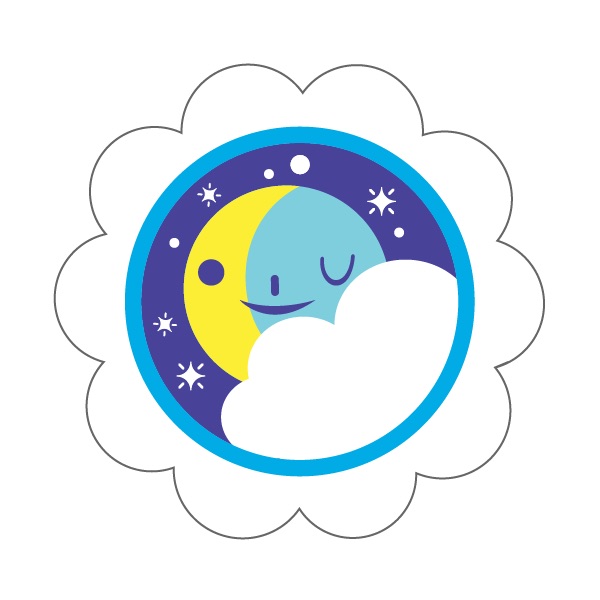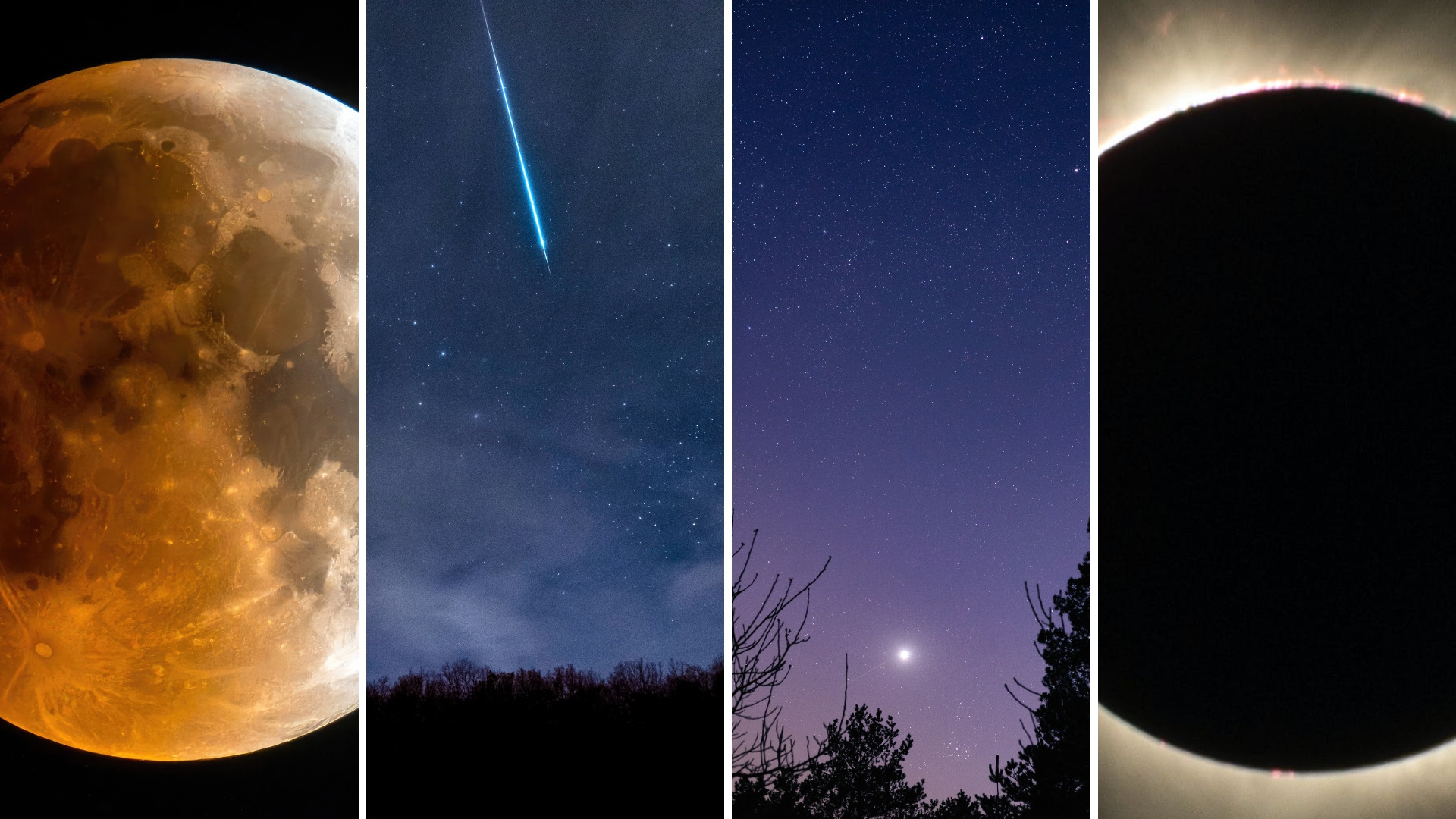New Space Science Badges Encourage Girl Scouts to Pursue STEM Education

Girl Scouts of the USA (GSUSA) is debuting a set of new badges to encourage girls ages 5 to 18 to explore, observe and investigate the universe like "real space scientists," the organization announced last month.
Part of next year's rollout of 30 badges in science, technology and math, as well as the outdoors and life skills, the new badges will serve as the culmination of "fun, age-appropriate" projects for Girl Scout Daisies (grades K-1), Brownies (grades 2-3) and Juniors (grades 4-5). Space Science badges for Cadettes (grades 6-8), Seniors (grades 9-10) and Ambassadors (grades 11-12) will be released at a later date, GSUSA said.
Daisies who pursue the Space Science Explorer badge will observe the sun, moon and sky, while Brownies tackling the Space Science Adventurer badge will delve into the planets, moon phases and constellations. Juniors, aka Space Science Investigators, will explore the celestial motion, the dimensions of constellations, and the size and scale of the solar system. [Girl Scouts of America Celebrate Apollo 11 Moon Landing in Cookie Form]
The badges, which were funded by NASA's Science Mission Directorate, were developed by GSUSA in collaboration with the SETI Institute, the University of Arizona, Aries Scientific, the Astronomical Society of the Pacific, and Girl Scouts of Northern California.
They're also part of GSUSA and the SETI Institute's broader "Reaching for the Stars" initiative, which includes "train the trainer" workshops for girls and volunteers, such as the Astronomy Camp for Leaders at the University of Arizona; the Girl Scout Astronomy Club training at NASA's Goddard Space Flight Center in Greenbelt, Maryland; and the Girl Scouts' Astronomy Adventure Destination at the University of Oregon's Pine Mountain Observatory. Participants learn how to operate telescopes and observe the night sky, among other space science activities.
"Girl Scouts is excited to celebrate the release of these new space science badges with SETI and NASA," Sylvia Acevedo, CEO of GSUSA and a former engineer at NASA's Jet Propulsion Laboratory, said in a statement. "As a rocket scientist myself, I first developed my passion for space and astronomy on a camping trip with my Girl Scout troop. It's so exciting to think how earning these badges will expose the next generation of girls to new passions, new pursuits, and new ways of thinking about the cosmos."
Breaking space news, the latest updates on rocket launches, skywatching events and more!
On Aug. 14, GSUSA and the SETI Institute celebrated the release of the new badges during the launch of NASA's Parker Solar Probe, the first mission to "touch" the sun.
Booklets detailing the requirements for the Space Science Explorer, Space Science Adventurer and Space Science Investigator badges are now online at girlscouts.org.
Follow us @Spacedotcom, Facebook and Google+. Original article on Space.com.

Jasmin Malik Chua is a fashion journalist whose work has been published in the New York Times, Vox, Nylon, The Daily Beast, The Business of Fashion, Vogue Business and Refinary29, among others. She has a bachelor's degree in animal biology from the National University of Singapore and a master of science in biomedical journalism from New York University.



